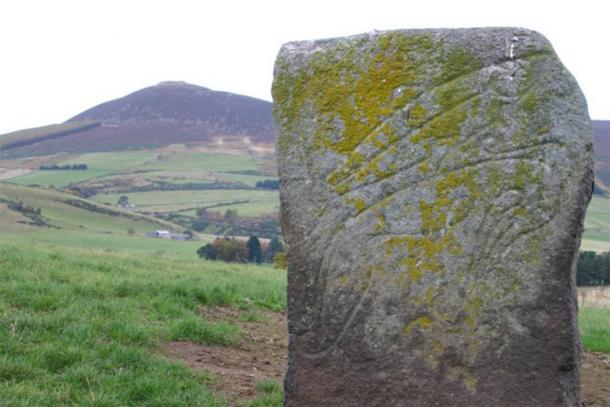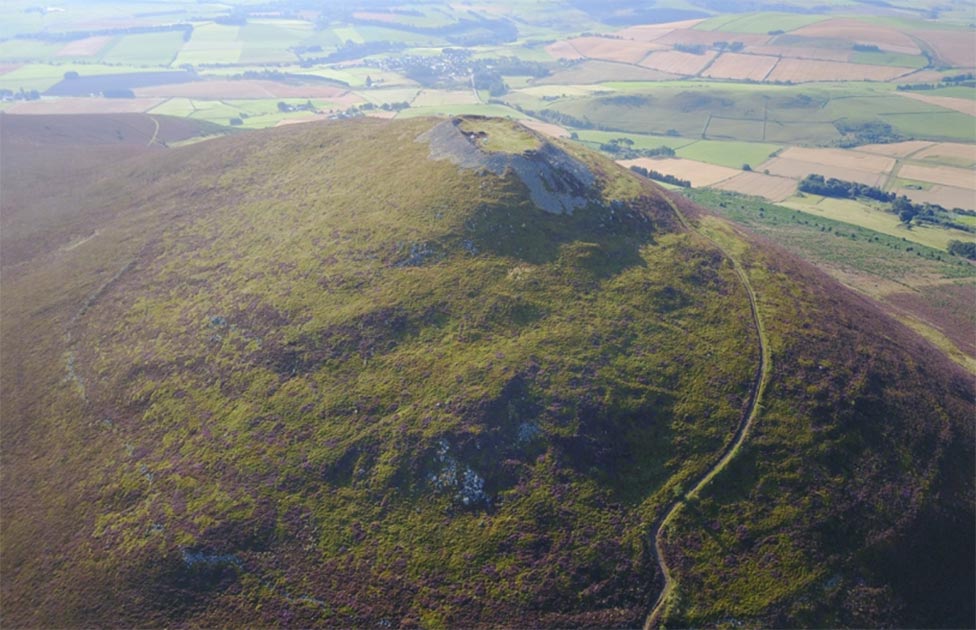Hillfort revealed to be the largest Pictish site ever discovered in Scotland
The fort, overlooking the small village of Rhynie, is believed to be one of the largest ancient settlements ever discovered in Scotland.
Researchers think that as many as 4,000 people may have lived in more than 800 huts on the Tap O’Noth in the fifth to sixth centuries.
However, the settlement may date back as far as the third century, which would make it Pictish in origin.

The Aberdeenshire settlement may, in fact, date back as far as the third century, meaning it is likely to be Pictish in origin.
The Picts were a collection of Celtic-speaking communities who lived in the east and north of Scotland during the Late British Iron Age and Early Medieval periods.

It was previously thought that settlements of that size did not appear until about the 12th century.
At its height, it may have rivalled the largest known post-Roman settlements in Europe.
Archaeologists from the University of Aberdeen used radiocarbon dating to establish timeframes.
Judging by the distribution of the buildings, they are likely to have been built and occupied at a similar time.
Many are positioned alongside trackways or clustered together in groups, the University of Aberdeen said.
Drone surveys showed one hut that was notably larger, suggesting a hierarchy.

Professor Gordon Noble, who led the research, said the discovery was “truly mind-blowing”, adding that it “shakes the narrative of this whole time period”.
He continued: “The size of the upper and lower forts together are around 16.75 hectares and one phase at least dates from the fifth to sixth centuries AD.
“This makes it bigger than anything we know from early medieval Britain.
“The previous biggest known fort in early medieval Scotland is Burghead at around five and a half hectares, and in England, famous post-Roman sites such as Cadbury Castle is seven hectares and Tintagel around five hectares.”
He said the site was “verging on urban in scale and in a Pictish context we have nothing else that compares to this”.





